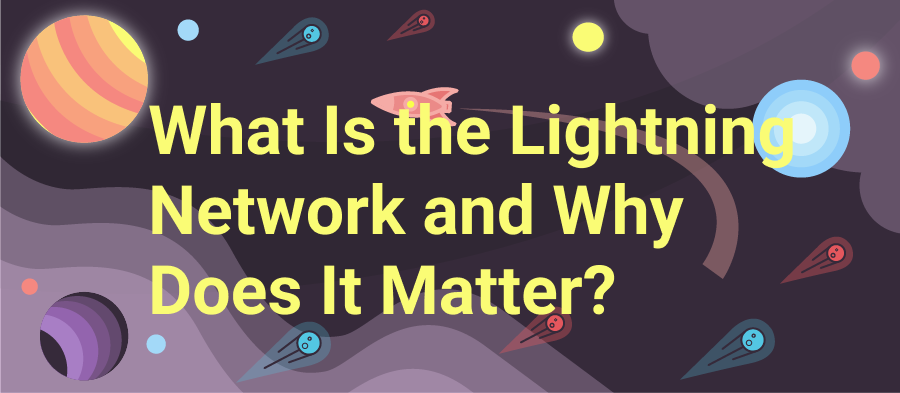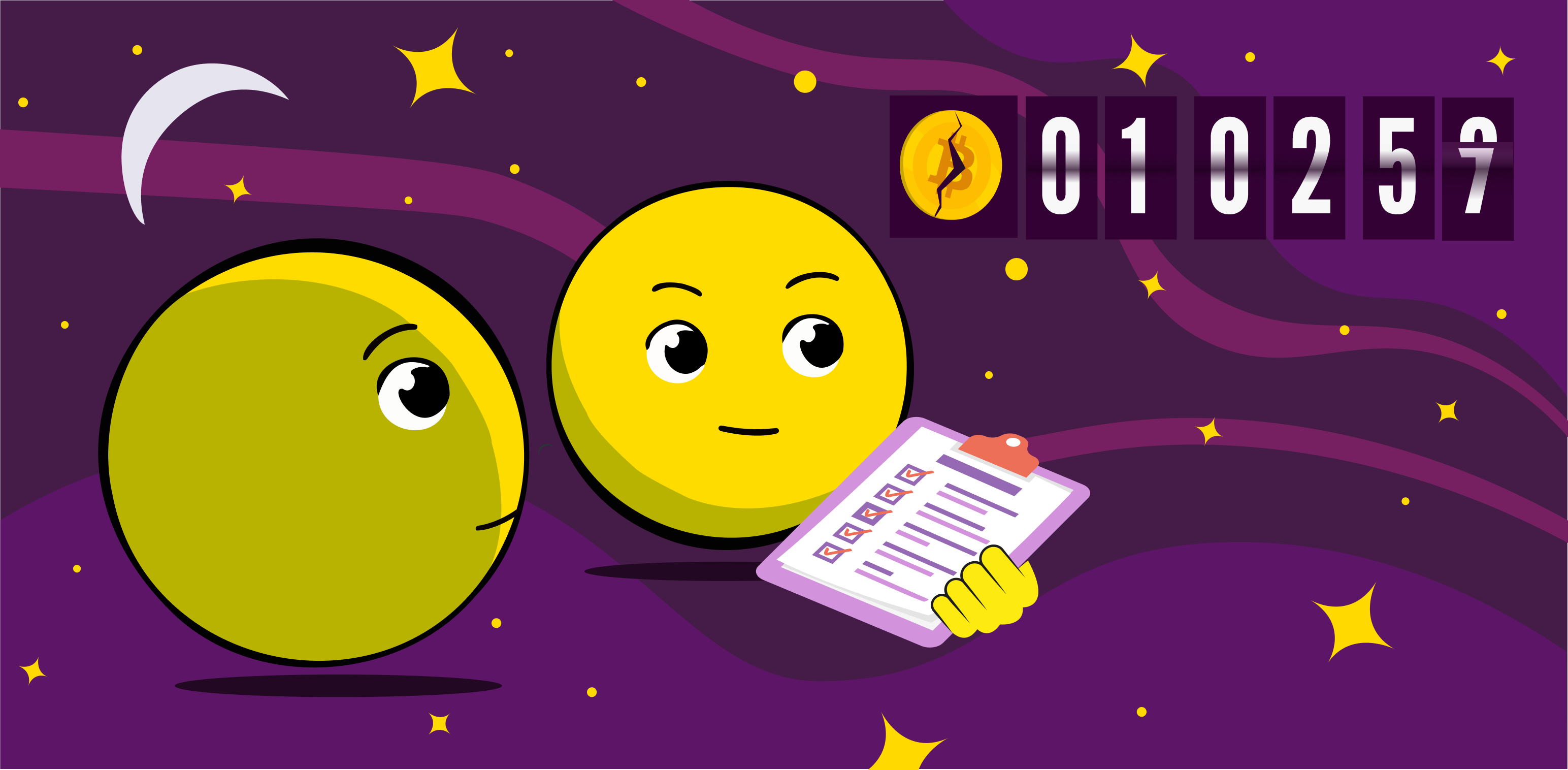
Bitcoin transactions have never been the fastest, as they usually take somewhere between a few minutes all the way up to a day. This is because the current capacity of confirmation is just about 7 transactions per second. Meanwhile, digital payment platforms like Visa can offer a capacity of up to 65,000 transactions per second. Simply put, Bitcoin transactions lack scalability, which is exactly when the Lightning Network comes into play.
How does it work?
Let’s say you have a friend, relative, or business partner with whom you’re sending money to each other with a certain frequency. The Lightning Network allows you to open a channel through which both of you can do unlimited transactions off the blockchain. It works as a multisignature wallet to which only you and the other party hold separate private keys. To run it, you just need to deposit an amount of cryptocurrency that you’ll be trading back and forth with your partner. Each transaction is merely a redistribution of the joint funds, which is recorded as a transfer of ownership rights at the balance sheet of its own. None of these transactions will have to go through the actual blockchain ledger, which is what slows down the process. Instead, they will go down as a single transaction once you decide to close the channel. The exciting part is, that if your partner has another channel with a third party to whom they trade with, you could take advantage of that by trading with the exact same party without the need to establish a new channel between the two of you. The system can easily grow through a network in which users can benefit from interlaces among each other. This solves the scalability problem up to a point where over 1,000,000 transactions might take place in just a second.
What are the use cases and fees?
At the moment, the Lightning Network is still at an experimental phase and it has not yet been spread out to major e-commerce platforms. There is however, a growing number of use cases that are proving to be a success. Here’s a quick list of services that have fully adopted the technology:
CoinMall
As a fully decentralized P2P marketplace, CoinMall offers a large variety of digital products that range from Arts and Education to Software and Services. They have recently implemented full support of the Lightning Network, which now complements their other means of payment with Bitcoin and ZCash.
Strike
This API is a fantastic solution to merchants trying to set up a payment system that accepts cryptocurrencies. They charge a 1% fee in all transactions and offer all users free daily withdrawals.
FileBazaar
This digital content platform is specifically targeted for content creators, as they are enabled to accept micropayments through the Lightning Network. Additionally, creators at this site hold full control of the content and its presentation, and it is completely advertising-free.
Phoenix Wallet
Owned by the same company as Strike, Phoenix comes in the form of a Bitcoin wallet that was natively designed to run on Bitcoin Lightning Network transactions, which makes it one of the fastest on the market. Their fees are 1 sat + 0.01% of the transaction for Lightning Network payments, as well as 0.1% of the amount received when opening a new channel.
Problems
One of the main issues that arise with the Lightning Network is the fact that channels are capped. This means each channel is limited to the amount of money that you and your partner agree to deposit on it. Users with fairly constrained resources will have to decide whether they want to keep most of their liquidity within the channel, or outside of it, on the main blockchain. To this date, there are still a few bugs on the system every now and then. Research has also proven that privacy is not at its best yet, mainly due to the relatively small scale of the network. A recent paper from the Institute of Computer Science and Control (SZTAKI) in Hungary concluded that: “a large number of transactions involving a single routing intermediary, make it easy to gather strong statistical evidence about the sender and the receiver”. Last but not least, centralization. An unrevised paper study issued in February, showed that 10% of the nodes were controlling 80% of the Bitcoin Lightning Network. If these were to be the true numbers, it would imply a clash of values on all the decentralized powers of the blockchain, and would most likely disincentivize resources to flow into this technology.



